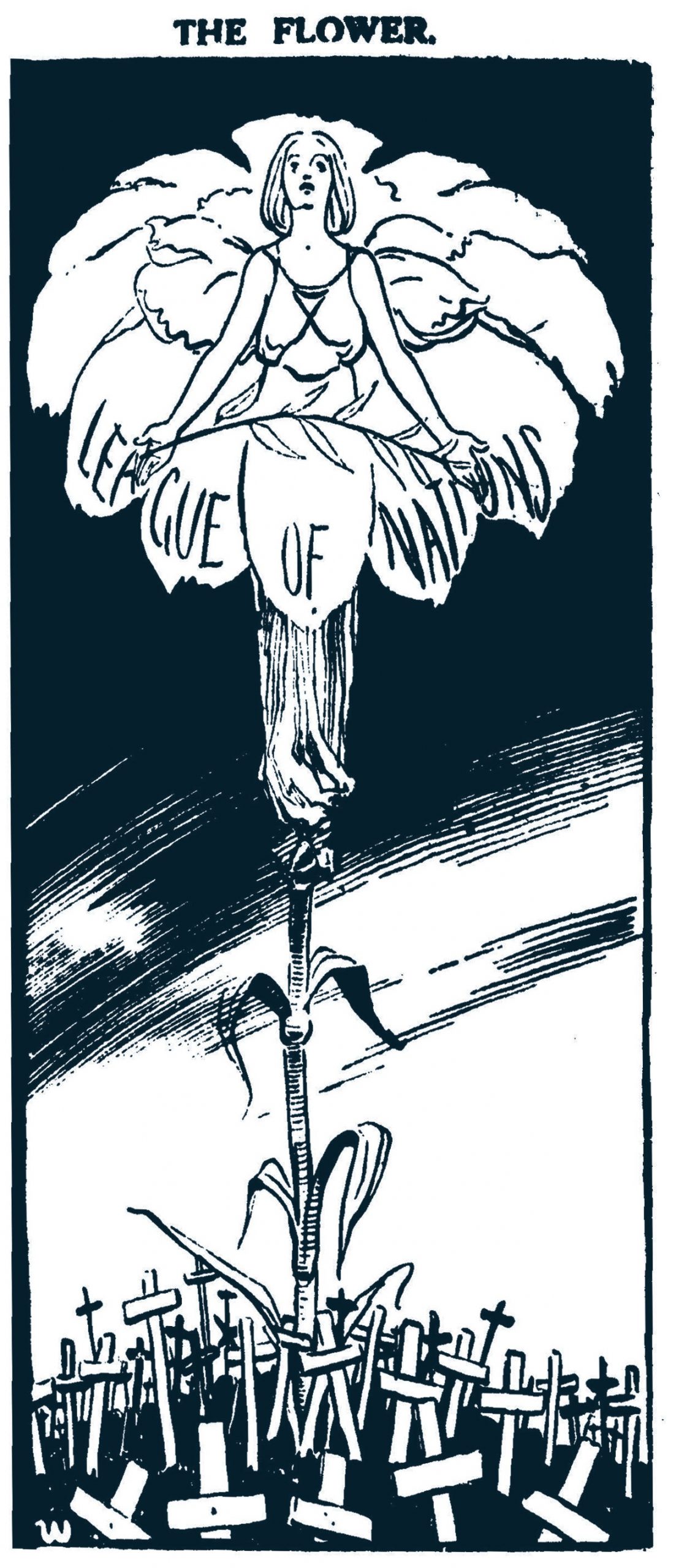
The 1919 Treaty of Versailles gave birth to the League of Nations, which took up its permanent residence in Geneva in November 1920. As well as the avoidance of war, the league promised disarmament, improved trade and improved living and working conditions. Shattered by the experience of war, the British people were not alone in greeting this great enterprise of collective security with optimism. Even though it lacked its own armed forces and the USA failed to join, the league was central to the people’s hope that the Great War would remain the ‘War to end all wars’.
The British press reflected both the people’s optimism and a real concern that weaknesses would prevent the league from fulfilling its aims. However, early successes included the Washington Conference on limiting the size of navies and the settling of disputes between Germany and Poland over Upper Silesia and between Sweden and Finland over the Aaland Islands in 1921. This apparently promising start was seized upon by the League of Nations Union, a British organisation founded in 1918 to promote international relations, collective security, disarmament, human rights and, in due course, the activities of the League of Nations itself.
Your organisation does not have access to this article.
Sign up today to give your students the edge they need to achieve their best grades with subject expertise
Subscribe




